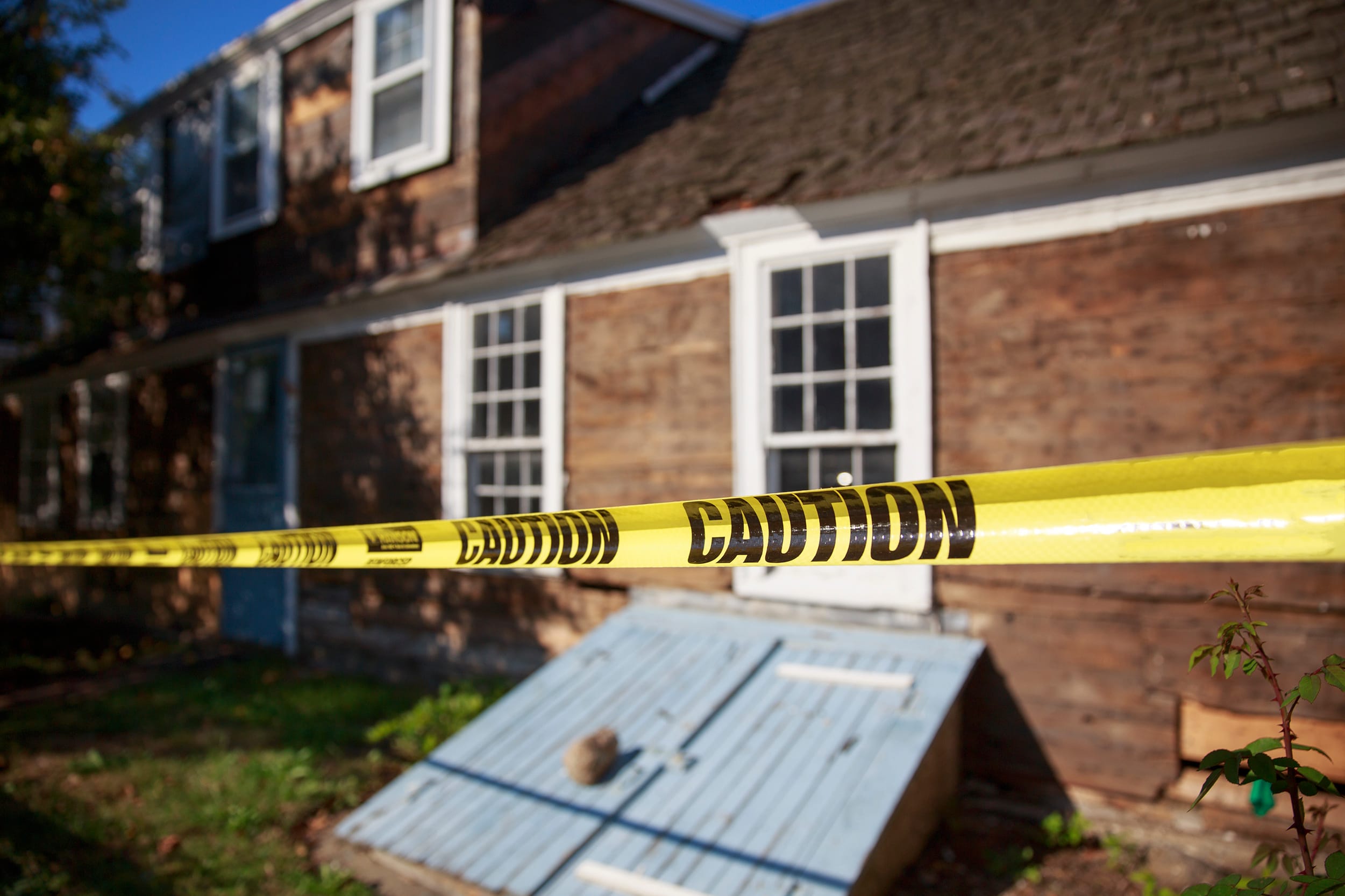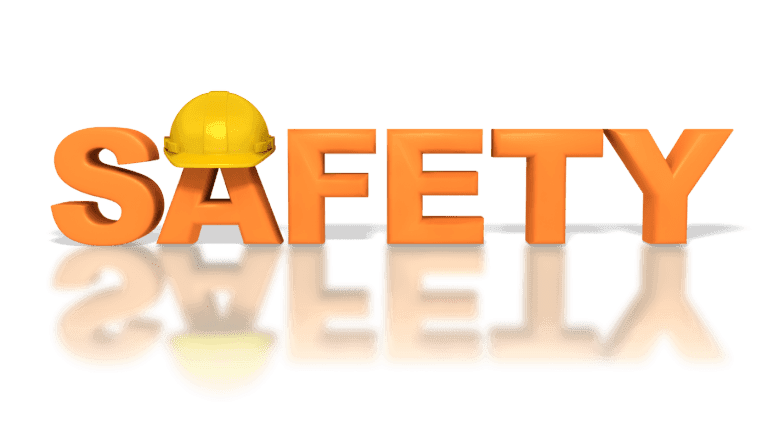The definition of decomposition is a tad morbid. It’s the state or process of rotting or decay. And, although we’re all alive and well right now, at some point, death will be unavoidable. Although the stages of decomposition are a natural process, they do present some serious and harmful contaminants to those around.
Decomposition starts with the breakdown of tissues after death and advances all the way to skeletal deterioration. If a loved one dies in your arms, have no fear about bodily contaminants. But, after the 24-hour mark, it’s no longer safe. So, what happens during decomposition? While human decomposition varies from person to person, there are five distinct stages that every living being will pass through. Let’s take a look at this process, from start to finish.
Stage One: Autolysis (Self-Digestion)
The first stage is referred to in two ways: autolysis or self-digestion. This stage begins immediately after death. The reason this happens is that, as soon as the blood stops circulating and respiration ceases, the body has no way of getting oxygen. This also stops its ability to remove waste.
What happens next is the excess carbon dioxide creates an acidic environment and this starts to cause the cell membranes to rupture, one after the other. As the cells rupture, they release enzymes that are acidic and powerful enough to eat bodily cells from the inside out. If you come upon a deceased body in this state, it will appear to have a sheen to it due to these ruptured cells. This process will also cause the top layer of the skin to loosen.
Interestingly, however, rigor mortis will also start to set in throughout this initial stage. This process causes the muscles to stiffen, creating an unmovable state.
Reminder: Bodily fluids may already begin forming during this stage, presenting potential biohazard risks. Always exercise caution.
Stage Two: Bloat
This next stage is a repercussion from the first stage: autolysis. The released enzymes from autolysis produce many gases as they rupture.
These compounds contain sulfuric compounds and bacteria. This is also what creates a discoloration in the skin. During this stage, the human body can bloat to almost twice its size. And, unfortunately, this is also when insect activity begins to rear its ugly head. Aside from the insects, the aforementioned bacteria also produce an unpleasant odor referred to as putrefaction.
This is why first responders and other professionals who frequently come in contact with the deceased can often smell a dead body before they see it. Bloat begins three to five days after death. A certain foam becomes evident, containing blood and other contaminants.
Important Consideration: Warmer climates or environments speed up this process, while cooler conditions may slow it down significantly.
Need Immediate Support? Spaulding Decon Offers Professional Biohazard Cleanup Services To Help You And Your Family During This Difficult Time.
Stage Three: Active Decay (The Stage of Greatest Mass Loss)
Active decay is noticeable on the exterior because fluids start to release themselves through the body’s orifices. Internally, organs and muscles become liquified. This is also the stage when the skin starts to liquefy. Soft tissue includes the skin and cartilage. After the soft tissue decomposes, bones, hair, and other byproducts begin to decay. This is the stage in which a once-living body loses the most mass.
This marks approximately eight to ten days after death because it’s during this time that the blood decomposes and the organs accumulate an inordinate amount of gas.
Cleanup Tip: Advanced biohazard cleanup techniques are required to safely remove fluids and odors while preventing long-term contamination.
Stage Four: Advanced Decay
At this stage, the body’s decomposition slows down because most soft tissues have already been broken down. What remains is a combination of bones, dried tissues, and some residual fluids. This stage often lasts for several weeks, depending on environmental factors.
In cases where the body has been in contact with soil, it may begin to affect the surrounding environment through leachate. This can result in soil contamination or groundwater pollution.
Stage Five: Skeletonization
At this stage, whatever soft tissue remains collapses in on itself. This marks the end of active decay and what remains eventually dries out. This is when skeletonization begins. Skeletonization is evidence of a dead body after it has gone through decomposition. It is always spotted as the final stage of decomposition. Nails and teeth fall out during this stage and, as most medical examiners know, this process occurs several weeks after death. It is only one month after death that the body fully liquifies.
Essentially, all the soft tissues have decayed and dried to the point where the skeleton is exposed. And, although what appears to be the essence of the human is gone, skeletons are still a source for identifying important bits of information, including age, sex, and trauma.
A Natural Yet Dangerous Process
Although you might not sit around and wonder, What happens during decomposition? that often, it’s worth noting this is a natural process for any living being. It happens to all creatures, great and small. With that being said, its also a dangerous process to the living beings who remain behind. The bacteria and insect infestation we alluded to before alone are disconcerting.
If a body has any time to decompose (even 24 to 72 hours), it’s important to call in a dedicated remediation team. This means that, although the death of your loved one isn’t a crime scene per se, a remediation team will have all the tools available to make a property as clean as possible, no matter the biohazard.
The Five Stages of Decomposition
And there you have it. The five stages of decomposition set in almost immediately postmortem. You can identify each stage by the rate of decomposition and the overall state of the body. Pretty much as soon as decomposition begins, it’s wise to maintain a safe distance from the deceased and wear protective gear.
More importantly, it’s crucial to contact professional biohazard cleanup services. Cleaning up after death is a highly intricate process that requires specialized tools, knowledge, and expertise.
Why Choose Spaulding Decon?
Here at Spaulding Decon, we’re here to safely restore your home and property in the aftermath of accidents, deaths, drug labs, or hoarding situations. As a trusted provider of trauma, biohazard, and crime scene cleanup services, we offer:
- 24/7 quick response
- Affordable services
- Nationwide locations
Allow us to handle the cleanup, so you can focus on what matters most. Contact us today for professional biohazard remediation.






